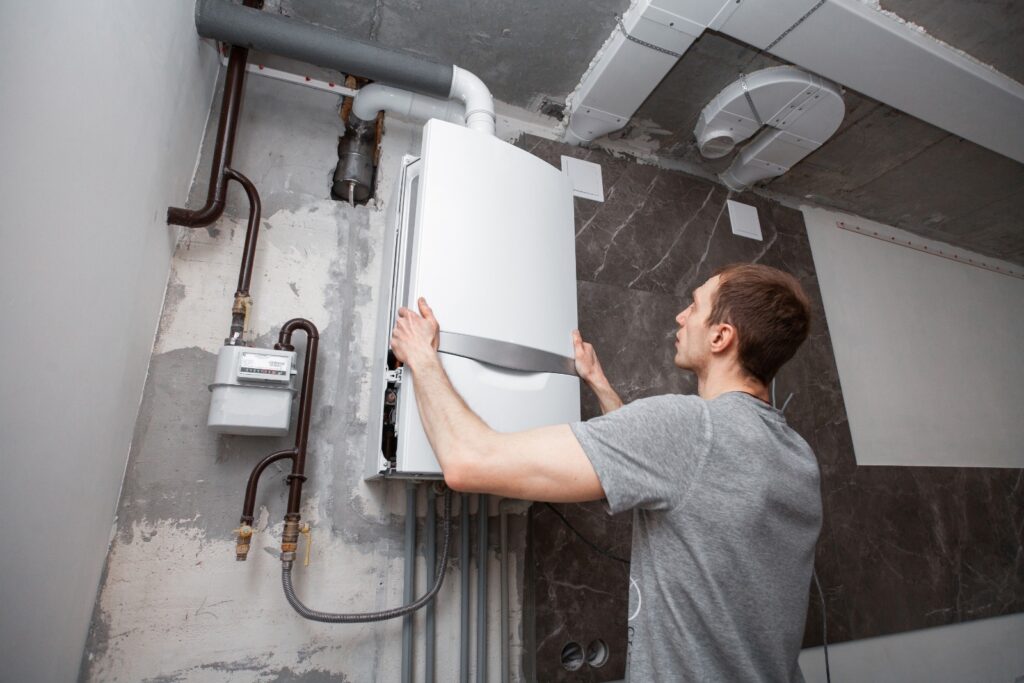Los Altos HVAC Service
Commercial Ac Repair In Los Altos
As a Commercial AC Installation In Los Altos satisfies all residential and commercial cooling challenges with durable equipment, progressive technology, user-friendly operation, and outstanding efficiency. We’re happy to answer questions, explain options and provide knowledgeable recommendations. Every aspect of the job is handled with transparency and straightforward commitment to your best interests.
As running a commercial HVAC system is a heavy operation expense, your HVAC contractor should lend assistance in the eventual purchasing decision. As a heating and cooling contractor in Montana and Wyoming, where temperatures can reach extremes, we know how to maximize the potential of your unit. Here are some quick considerations when starting your search.
AC Unit Size: Consider the size of the unit needed to maximize efficiency. Buying and installing a unit that is either too small or too large can lead to inadequate or constricted airflow. HVAC contractors use different formulas to help calculate the approximate airflow needed to adequately cool a specific room.
Building Layout: The layout and design of your building can play a large role in the type of system you plan to install. Different systems may better suit your building’s layout, saving on installation cost, and improving airflow. You should take into consideration the amount and size of the rooms in your building.
SEER Rating: Having a unit with a higher SEER Rating will ultimately reduce utility expenses. Try to find a balance between size and efficiency to get the most out of your unit.
AC Durability: Brink Inc. provides customers HVAC maintenance agreements that offer perfectly-timed service visits. Most units can last up to 15 years, and having a trusted maintenance schedule is vital to ensuring this lifespan. RTUs (Rooftop Units) are vulnerable to hail damage and extreme weather conditions. Consider a unit with extra protection if you’re likely to experience extreme seasonal conditions.
Split systems: Utilizing a ‘split’ between indoor and outdoor components is what makes the Split system the most popular type of central air system in the US. The refrigeration system sits outside, consisting of a metal cabinet that contains the compressor and condenser coil while the air handler, which holds the blower and evaporator coil is inside. Refrigerant lines connect the system.
Heat pump: Heat pumps are another type of split system that supplies cool air in the summer and heat in the winter. A heat pump uses mechanical energy to extract heat from the air and transfer it either outside or inside, depending on whether your location requires heat or air conditioning. As with other split systems, the air handler is inside while the heat pump cabinet sits outside.
Packaged air conditioners: A Packaged air conditioner is an RTU (rooftop unit). These units sit on the rooftop of a commercial building and have a higher capacity that is typically enough to cool an entire commercial building. They are often preferred for commercial use due to their modest footprint and versatile installation.
Ductless mini-split: Ductless mini-split systems offer commercial locations greater control over energy use and temperature. A ductless system uses an outdoor air conditioner or a heat pump, connected to air handling units in one or more rooms, to distribute the airflow which can be separated from the other air handlers.

Vision
Our aim is to provide service to our local Los Altos community alongside others in our neigborhood.
Mission
We are trying to help enrich our Los Altos community by providing knowledge on Islam and encouraging praying together.